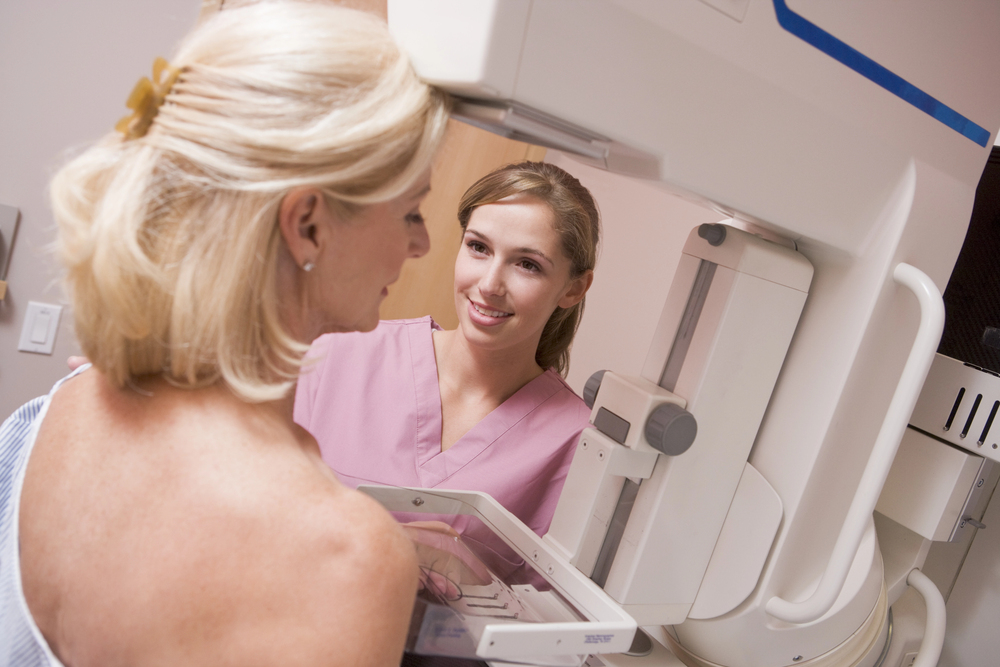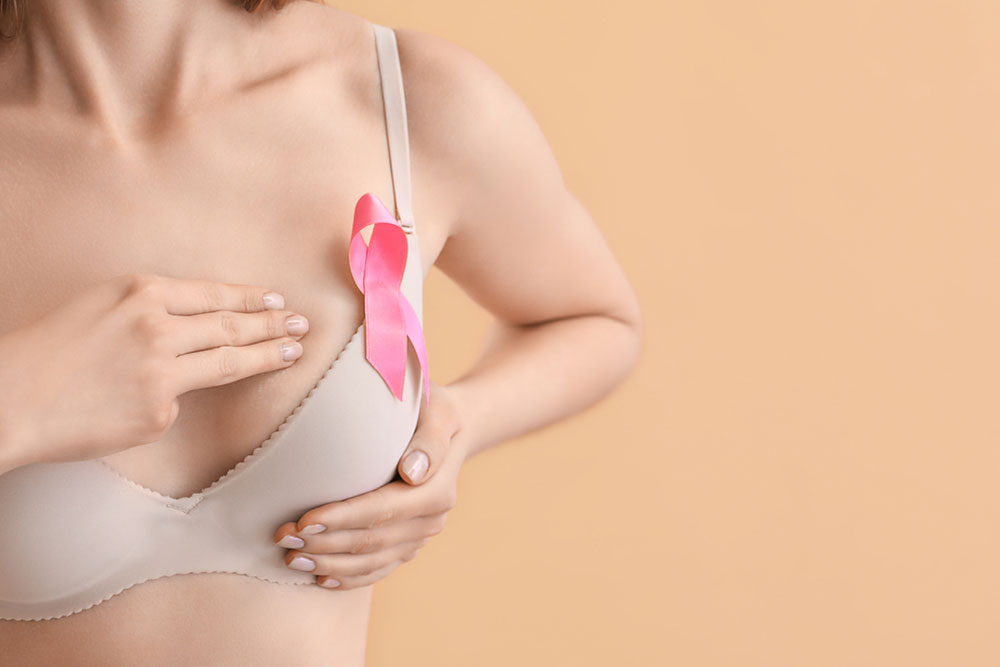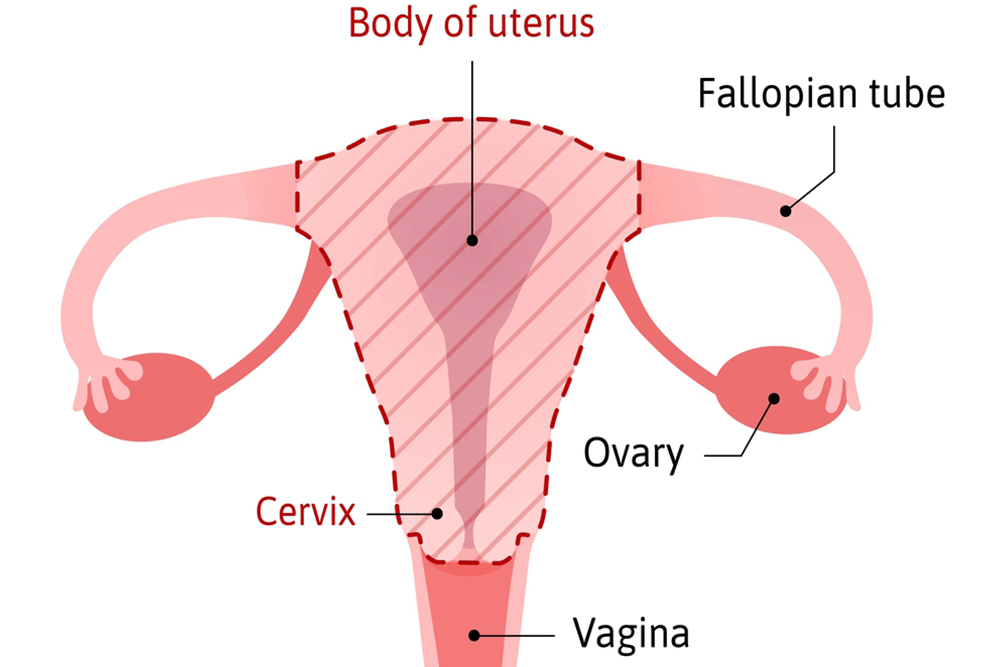
Understanding Your Mammogram Results
Interpreting mammogram results can be an emotional and confusing process for many women. These results...
Read MoreUnderstanding how to check for breast cancer through regular self-exams is crucial for early detection and prompt treatment. While most breast changes are benign, being familiar with your breast's normal appearance and texture allows you to notice any abnormalities promptly.
This guide will walk you through performing a self-exam effectively and discuss what to do if you find any unusual changes.

Self-exams play a vital role in breast health awareness. Though they do not replace professional screening methods like mammograms, they serve as a first defense in recognizing potential issues. Many women first notice signs of breast cancer, such as lumps or changes in breast tissue, through self-exams. Recognizing these signs early can lead to timely medical intervention and improved outcomes.
The timing of your self-exam is important to ensure accurate results. The best time to conduct a breast self-exam is a few days after your menstrual cycle ends, as your breasts are less likely to be swollen or tender. Choosing a consistent day each month is beneficial for those who do not menstruate.
Begin your self-exam by standing shirtless in front of a mirror. Inspect your breasts with your arms at your sides, then with your hands pressed on your hips, and finally with your arms raised above your head. Look for any changes in size, shape, or symmetry. Note any dimpling, puckering, or skin changes. It's also important to observe your nipples to check for any inversion or unusual discharge.
Next, lie down on your back to spread the breast tissue evenly across your chest wall, making it easier to feel for abnormalities. Use the pads of your three middle fingers to examine your breast tissue, applying light, medium, and firm pressure to feel the different layers of tissue.
Follow a systematic pattern, such as moving in a circular motion or using a grid method, to cover the entire breast area, including the armpit and collarbone regions.
During your self-exam, be attentive to new lumps, thickening, or hardened knots. Note any changes in the texture or appearance of your breast skin, such as redness or warmth. If you notice a discharge from the nipple or a sudden change in its position, these could be signs that warrant further investigation by a healthcare professional.
Breasts vary in appearance and texture from person to person and even from one side of the body to the other. It's normal to have areas of firmness or ridges along the bottom of the breasts. However, it's important to consult your doctor if you notice a lump that feels different from the surrounding tissue or changes in one breast that do not occur in the other.
While self-exams are important, they should be part of a broader approach to breast health that includes regular mammograms. A mammogram is an X-ray of the breast used to detect tumors that may not be palpable through self-exams. It is a vital tool in the early detection of breast cancer, particularly for women over the age of 40 or those with a family history of the disease.
Discovering a lump or other change during a self-exam can be concerning, but it’s crucial to remember that most breast changes are not cancerous. Schedule an appointment with your healthcare provider to discuss your findings. They may recommend further testing, such as a clinical breast exam or imaging tests, to determine the nature of the change.
Performing self-exams regularly can help reduce anxiety by familiarizing you with your breast tissue and what is normal for you. This familiarity can make it easier to detect any unusual changes and provide peace of mind. If you ever feel unsure or anxious about performing a self-exam, don’t hesitate to ask your healthcare provider for a demonstration and guidance.
Making self-exams a part of your monthly routine can significantly enhance your breast health awareness. Consider setting a reminder on your calendar to perform your self-exam at the same time each month. Regular self-exams, annual visits to your healthcare provider, and recommended screenings form a comprehensive approach to breast health.
Self-exams are a powerful tool in understanding your breast health. By becoming familiar with the normal look and feel of your breasts, you can detect changes early and seek medical advice when needed.
At The Women’s Center, we are committed to supporting you through every step of your health journey. If you have any concerns or need further guidance on breast self-exams, don’t hesitate to reach out to us. Schedule an appointment today to discuss your breast health with our experienced team.




Interpreting mammogram results can be an emotional and confusing process for many women. These results...
Read More
Hysterectomy, a surgical procedure involving the removal of the uterus, is often considered a last...
Read More
Menopause marks a significant transition in a woman's life, bringing about various changes that can...
Read More